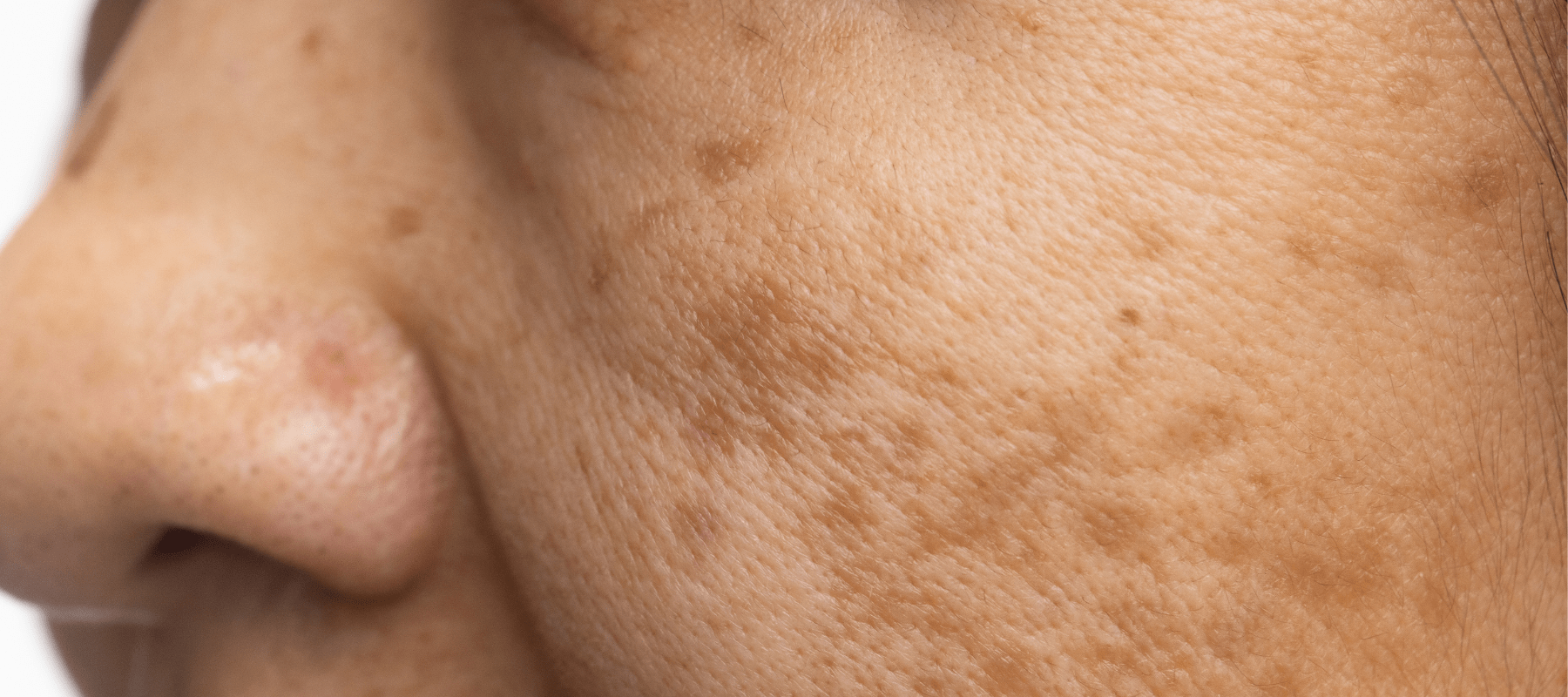
Dark Sun Spots on Your Face? How to Get Rid of Them
Dark sun spots on the face, commonly known as age spots or solar lentigines, can be a source of concern for many individuals. These darkened areas of the skin are caused by prolonged exposure to the sun's harmful ultraviolet (UV) rays. Sun spots typically appear on the face, hands, shoulders, and other sun-exposed areas. In this comprehensive guide, we will delve into the causes of sun spots, provide detailed prevention tips to avoid their formation, discuss various treatment options, including professional treatments, and offer aftercare tips to maintain a clear and even complexion.
What Causes Sun Spots on the Face?
There are two primary causes of sun spots on the face:
- UV Exposure: Prolonged exposure to UV radiation is the primary cause of sun spots. When the skin is exposed to the sun without adequate protection, the UV rays stimulate the production of melanin, resulting in the formation of dark spots over time.
- Age and Genetics: As we age, our skin becomes more susceptible to sun damage. The cumulative effects of sun exposure over the years can lead to the development of sun spots. Additionally, genetics can play a role in an individual's predisposition to developing these spots.
Prevention Tips to Avoid Sunspots
- Sunscreen: The most crucial step in preventing sun spots is to protect your skin from UV radiation. Apply a broad-spectrum sunscreen with a sun protection factor (SPF) of 30 or higher to all exposed areas of your face and body, even on cloudy days. Reapply every two hours and after swimming or sweating.
- Protective Clothing: Wear protective clothing, such as wide-brimmed hats, sunglasses, and long sleeves, to minimize direct sun exposure. Seek shade whenever possible, especially during peak sun hours.
- Sun-Protective Skincare: Incorporate skincare products that offer UV protection into your daily routine. Look for moisturizers, serums, and foundations with SPF and ingredients like zinc oxide or titanium dioxide for added protection against UV rays.
- Regular Skin Examinations: Monitor your skin regularly and be vigilant for any changes or new spots. Early detection can help in the timely treatment of potential sun spots or other skin conditions.
Save yourself the hassle of sun protection with the Pink Foundry's Mineral Matte Tinted Sunscreen. It offers a multifaceted solution for protecting and nourishing your skin. With an SPF 30 rating, it provides a shield against both UVA and UVB rays, ensuring comprehensive sun protection.
This sunscreen is formulated with the natural minerals Zinc Oxide and Titanium Dioxide, known for their broad-spectrum UV defense properties. Additionally, it contains enriching ingredients like Shea Butter and Cucumber Extract. Shea Butter lends its moisturizing prowess to keep your skin hydrated and soft, while Cucumber Extract, a natural antioxidant, soothes and safeguards your skin.
Also read: What is Tinted Sunscreen? Everything to Know About Tinted Sunscreen
Types of Sunspot Treatments
1. Topical Treatments: Over-the-counter creams or serums containing ingredients like hydroquinone, retinol, kojic acid, or vitamin C can help fade sun spots over time. These products work by obstructing the production of melanin and promoting skin cell turnover. It is important to use these treatments consistently and follow the instructions provided.
2. Chemical Peels: These involve the application of a chemical solution to exfoliate the outer layer of the skin. This process helps remove dead skin cells, reduce the appearance of sun spots, and promote the growth of new, healthier skin cells.
3. Microdermabrasion: Microdermabrasion is a non-invasive procedure that uses a device to gently exfoliate the skin and remove the top layer of dead skin cells. This treatment can improve the texture of the skin, diminish the appearance of sun spots, and stimulate collagen production.
4. Laser and Intense Pulsed Light (IPL) Therapy: Laser and IPL therapies use concentrated light energy to target and break down the pigmented cells responsible for sun spots. These treatments can effectively lighten the appearance of sun spots and improve overall skin tone.
Professional Treatments Available
For more severe or persistent sun spots, professional treatments performed by a dermatologist or skincare professional may be recommended. These treatments include:
1. Cryotherapy: Liquid nitrogen is used to freeze and destroy the pigmented cells, allowing new skin to regenerate and replace the sun spots. This treatment is generally quick and effective for small, isolated spots.
2. Prescription Medications: Dermatologists may prescribe topical medications, such as hydroquinone or tretinoin, in higher concentrations to specifically target and lighten sun spots. These prescription-strength treatments should be used under the guidance of a healthcare professional.
3. Photodynamic Therapy (PDT): PDT involves the application of a photosensitizing agent to the skin, followed by exposure to light. This treatment selectively targets and reduces sun spots while preserving the surrounding healthy skin.
Also Read: What is a dark spot and causes of it on the face?
Aftercare Tips for Sunspots
- Sun Protection: Even after treating sun spots, it is crucial to continue protecting your skin from further sun damage. Wear sunscreen daily, seek shade when the sun is strongest, and wear protective clothing to minimize UV exposure.
- Gentle Skincare Routine: Opt for gentle cleansers and exfoliants to avoid irritating the skin and potentially worsening the appearance of sun spots. Moisturize regularly to maintain skin hydration and promote a healthy complexion.
- Regular Exfoliation: Incorporate regular exfoliation into your skincare routine to remove dead skin cells and promote the renewal of healthy skin. Choose gentle exfoliants with ingredients like alpha hydroxy acids (AHAs) or beta hydroxy acids (BHAs).
- Professional Guidance: Consult with a dermatologist or skincare professional to develop a personalized skincare routine and discuss the best treatment options for your specific sun spots and skin type.
Conclusion
Dark sun spots on the face can be a cosmetic concern, but with proper understanding, preventative measures, and appropriate treatments, their appearance can be minimized or effectively lightened. By implementing sun protection practices, utilizing topical treatments, considering professional interventions when necessary, and following aftercare tips, you can achieve a clearer, more even complexion. Remember, consistency and patience are key, as results may vary depending on individual factors. Embrace a comprehensive approach to skincare, prioritize sun protection, and consult with professionals for personalized guidance to maintain healthy, sun spot-free skin.






















































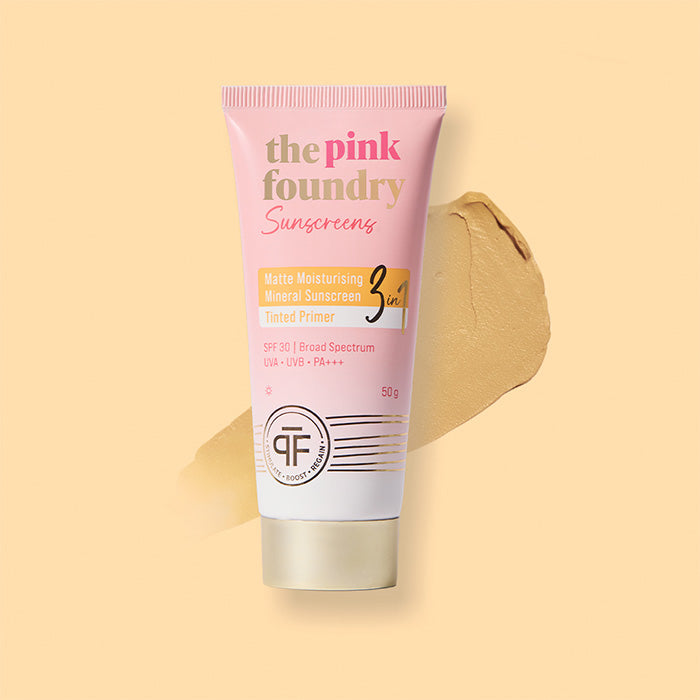
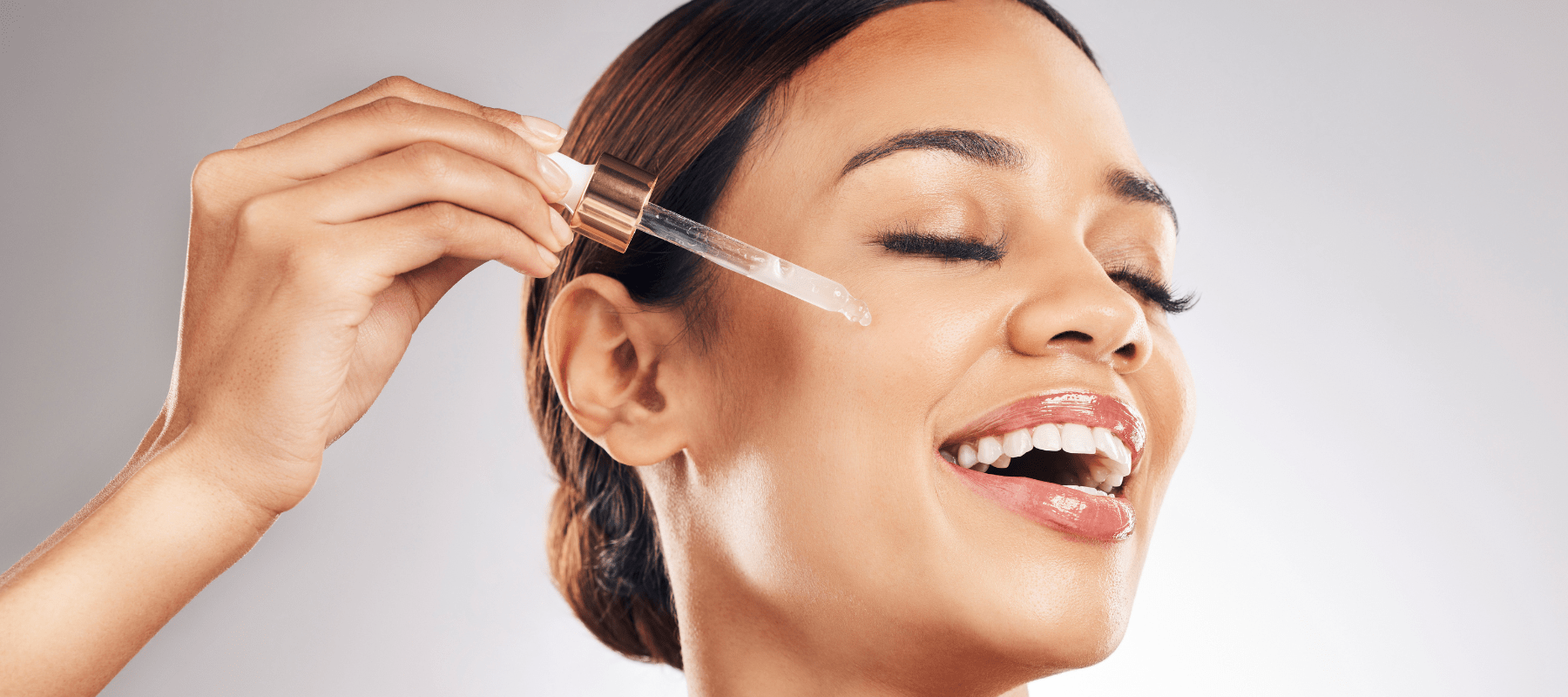
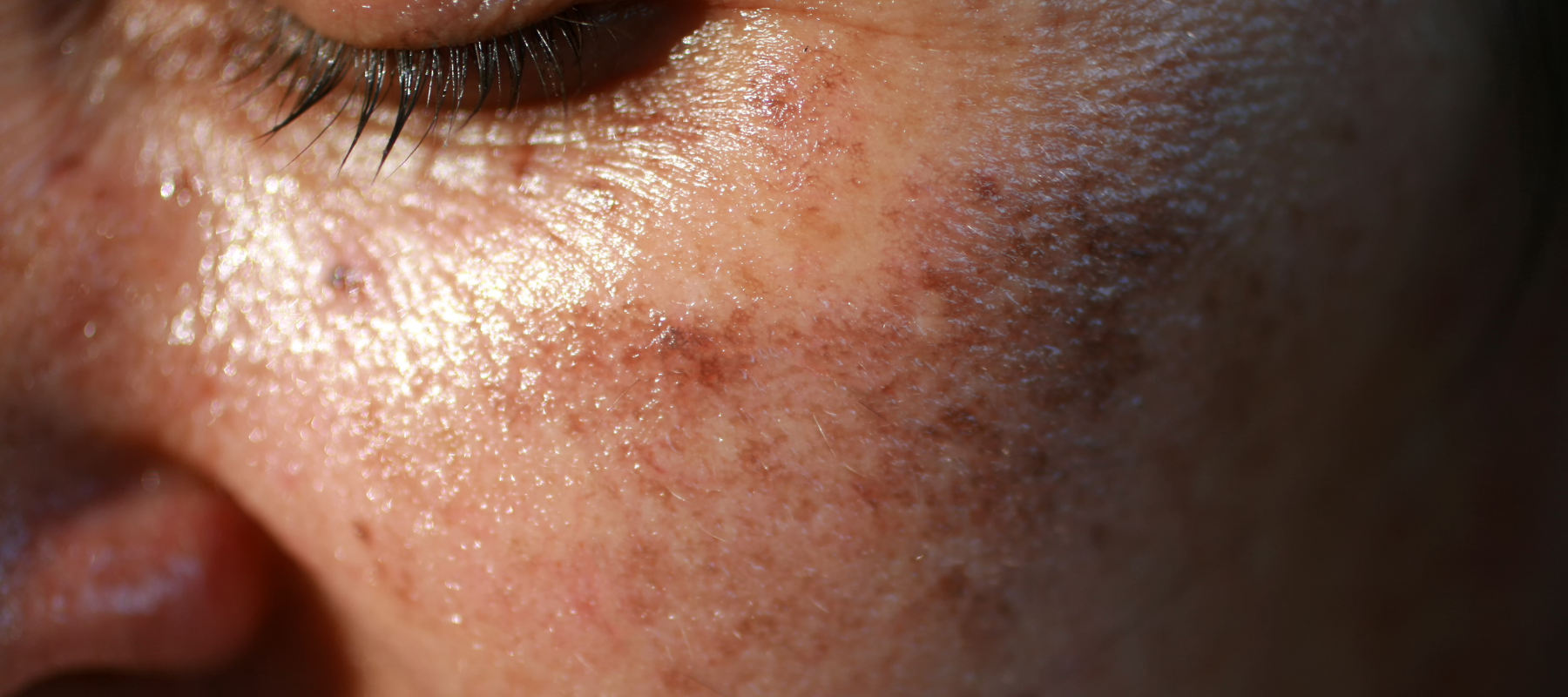
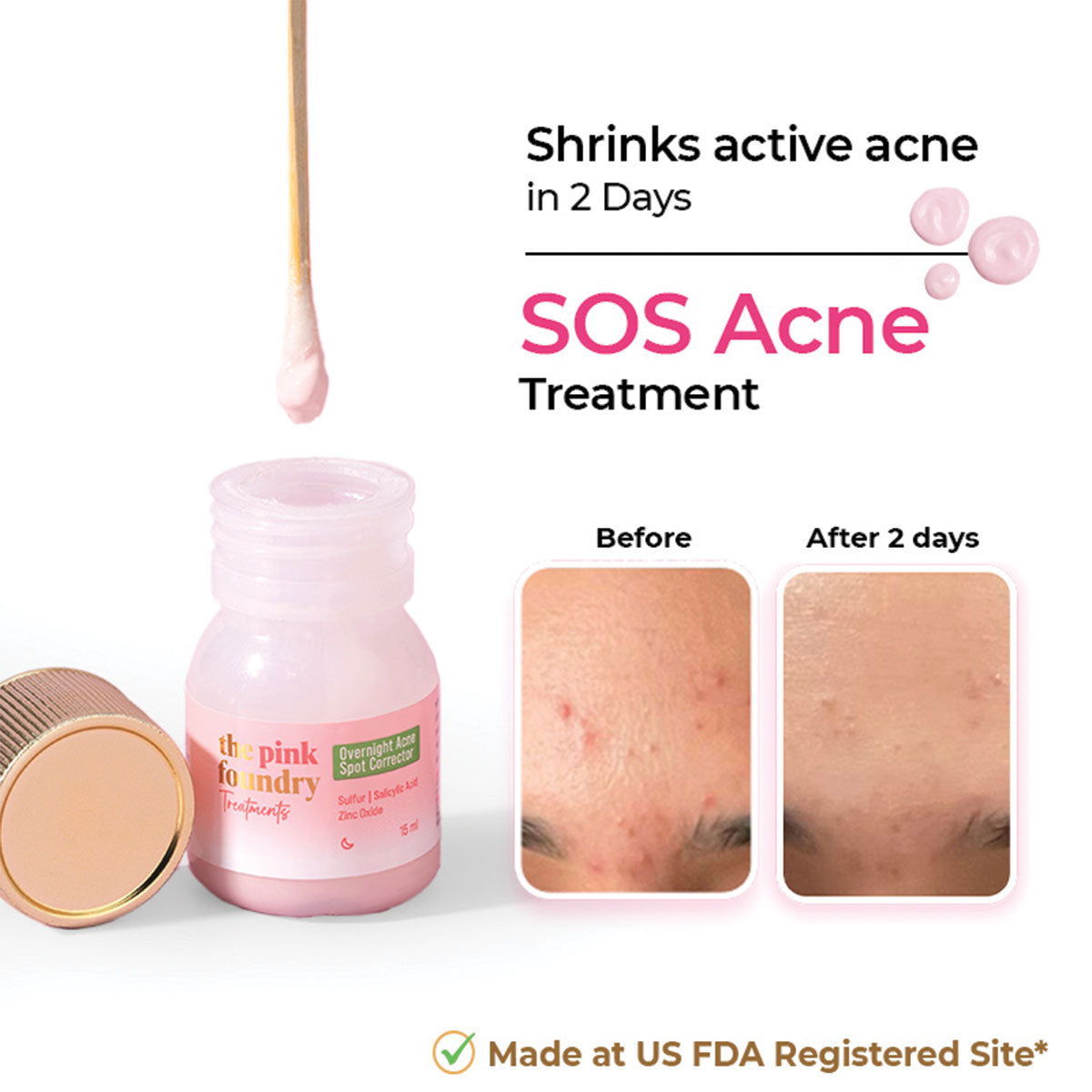
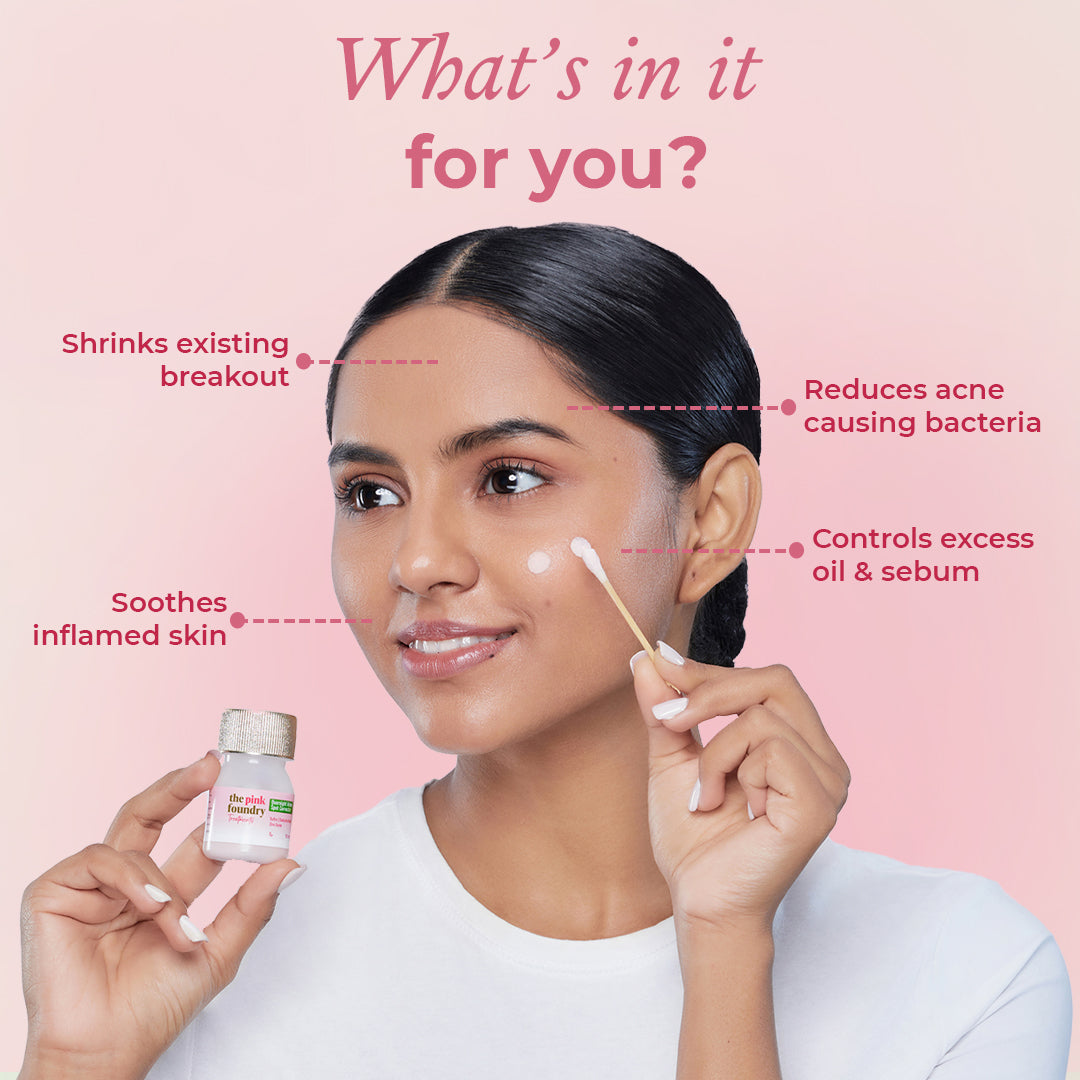
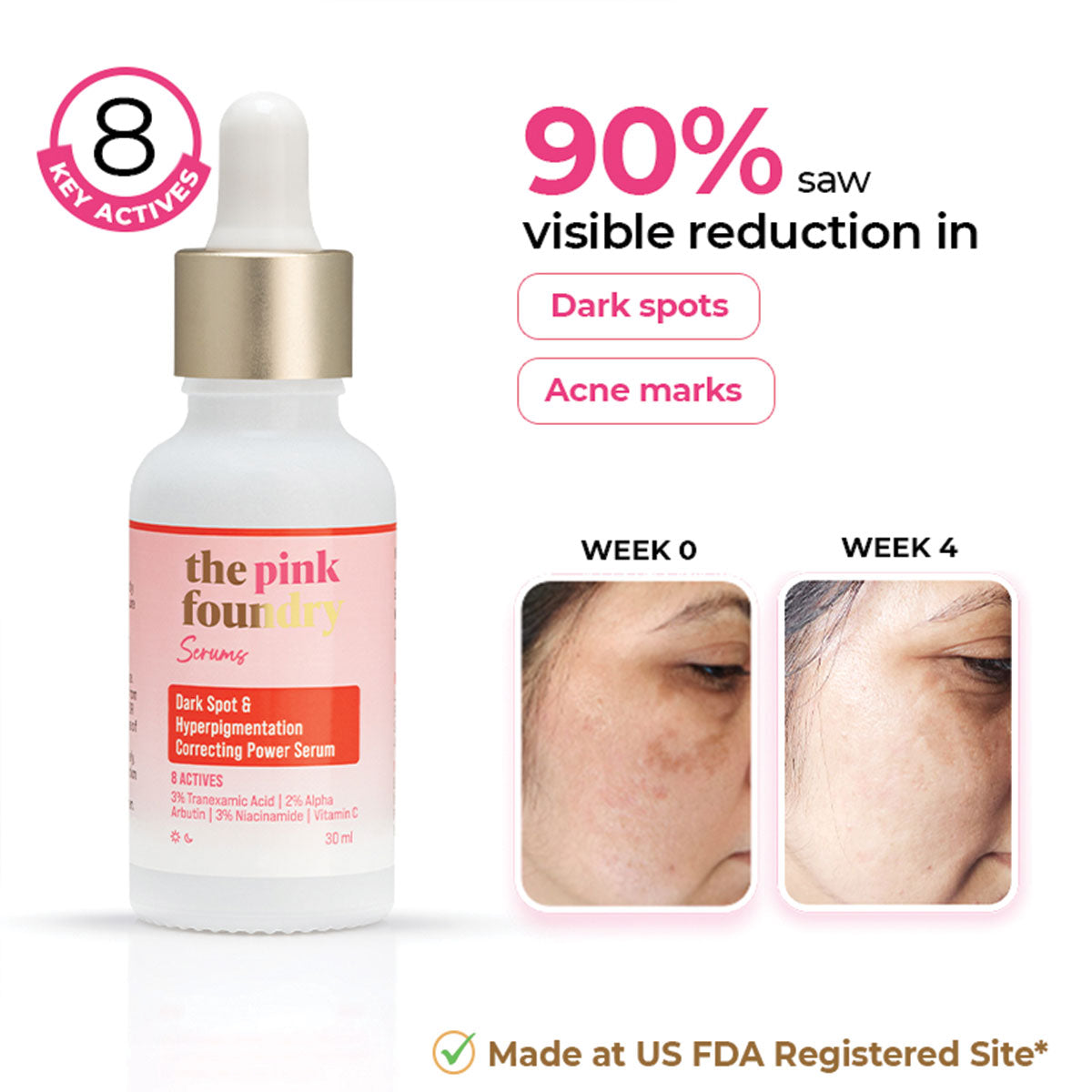
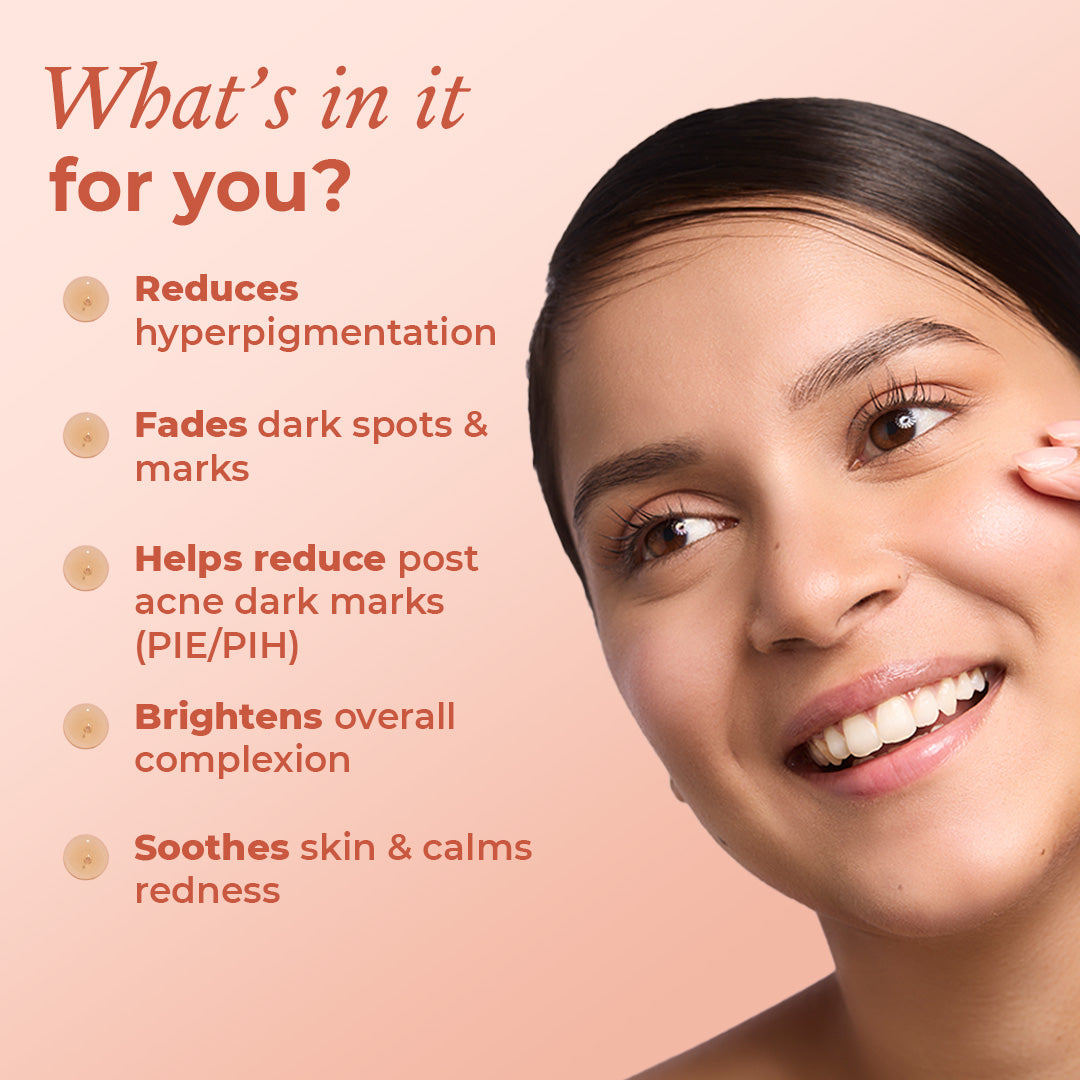
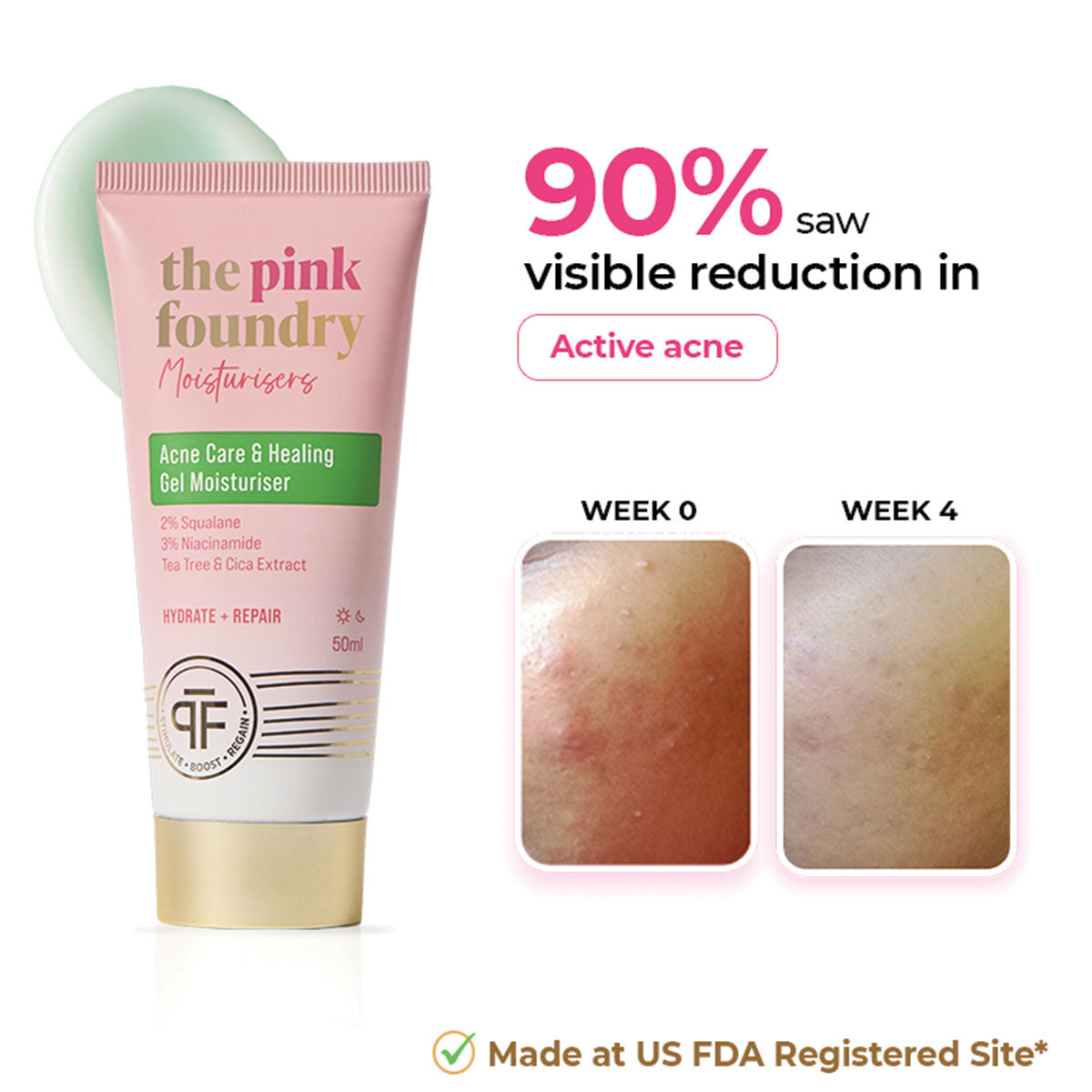
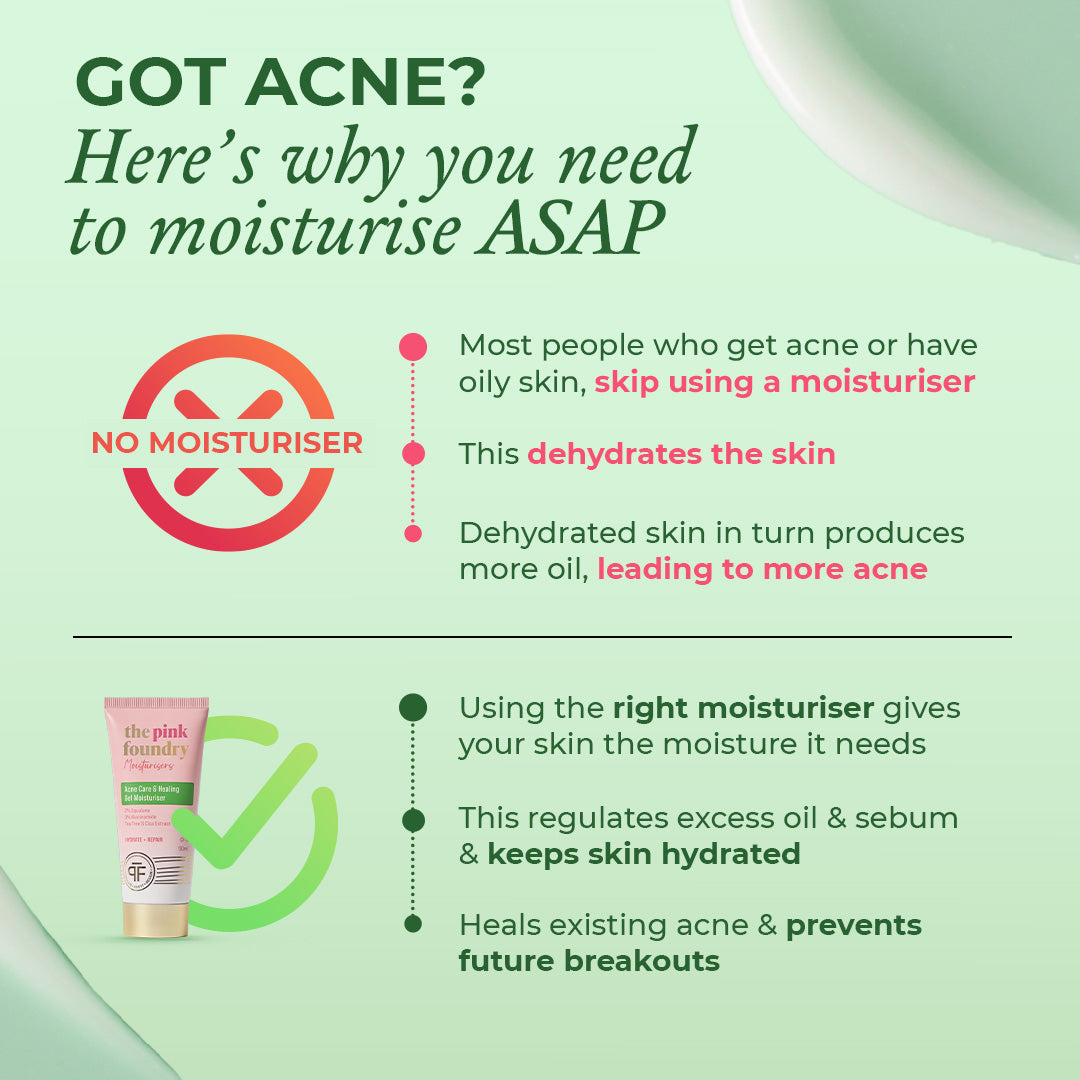
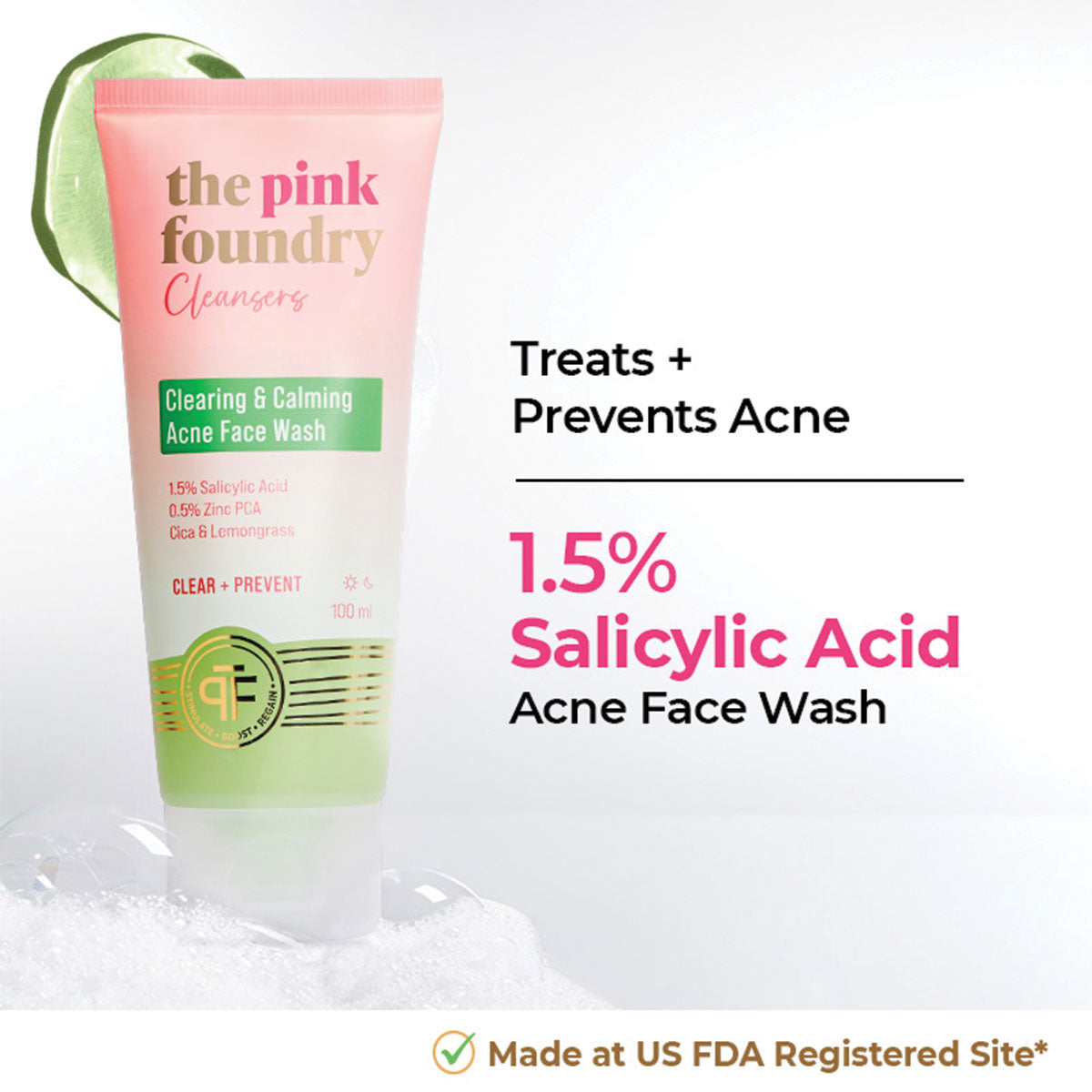
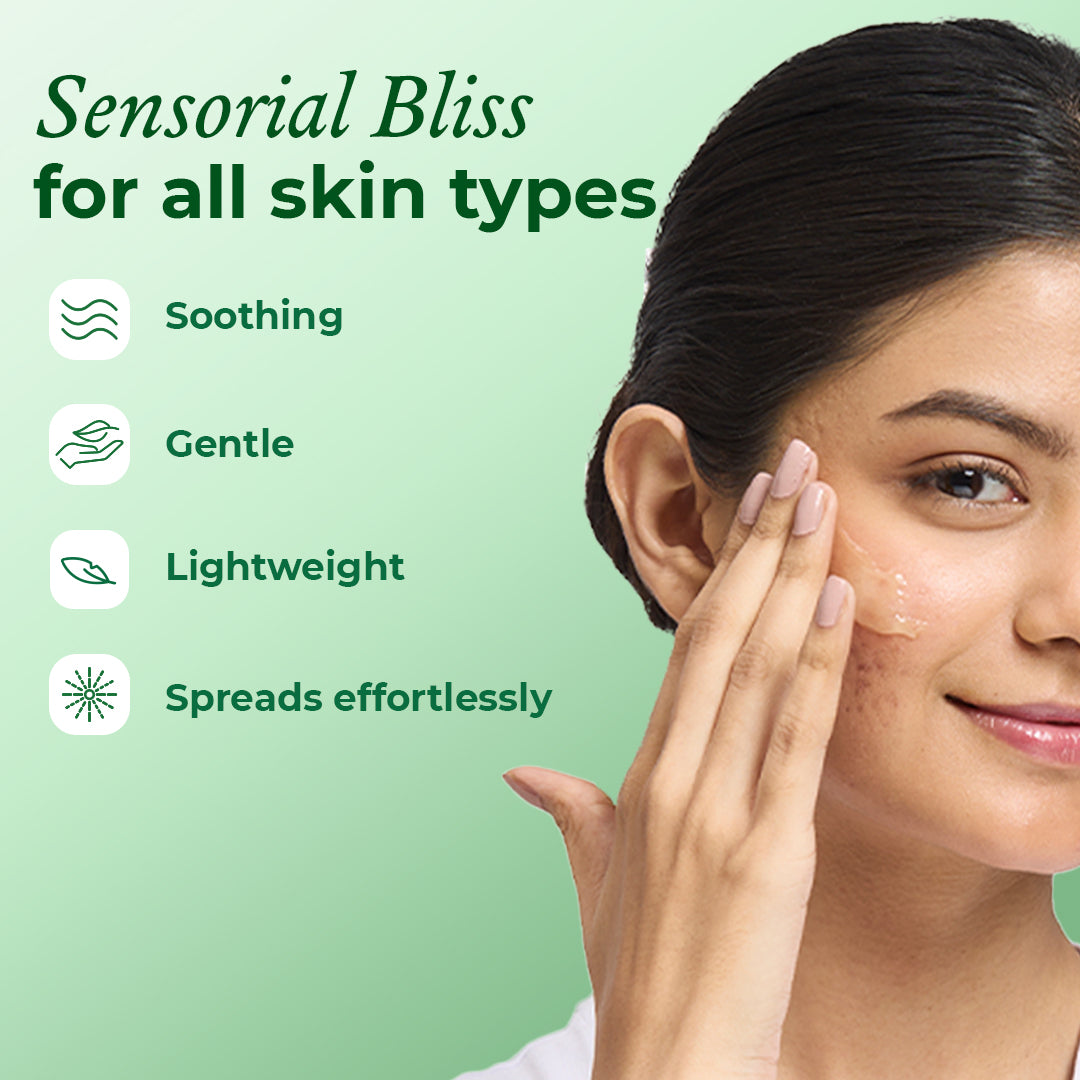
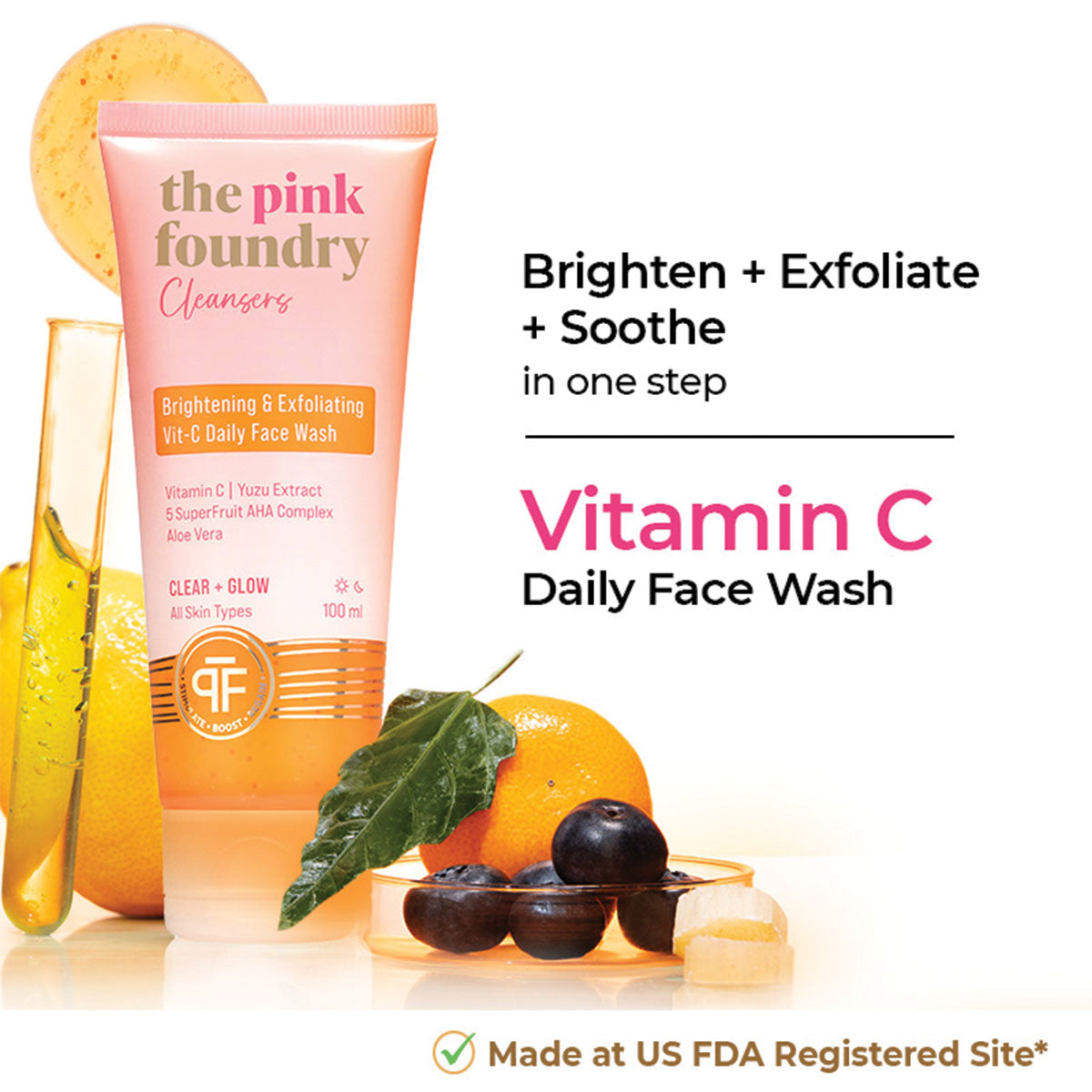
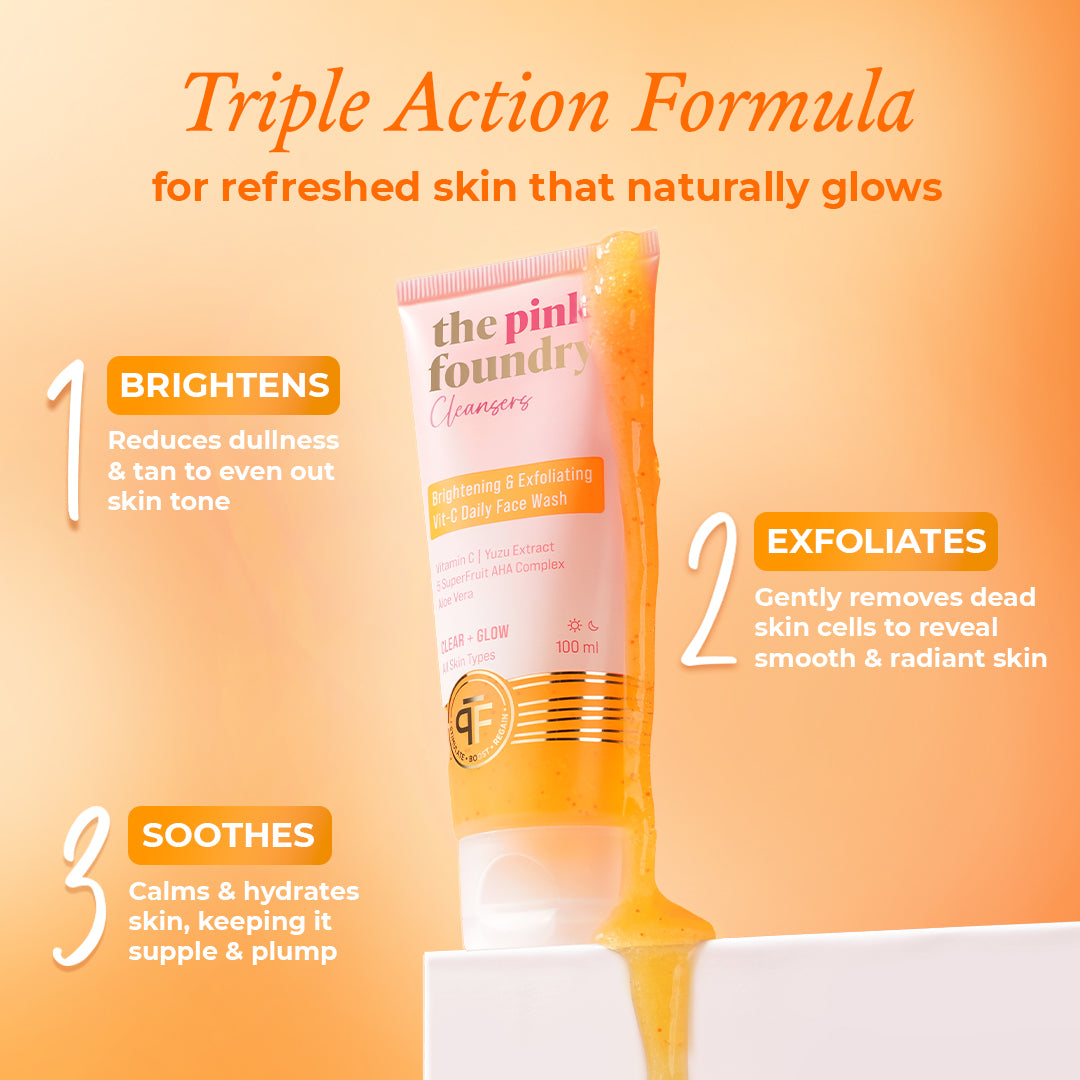

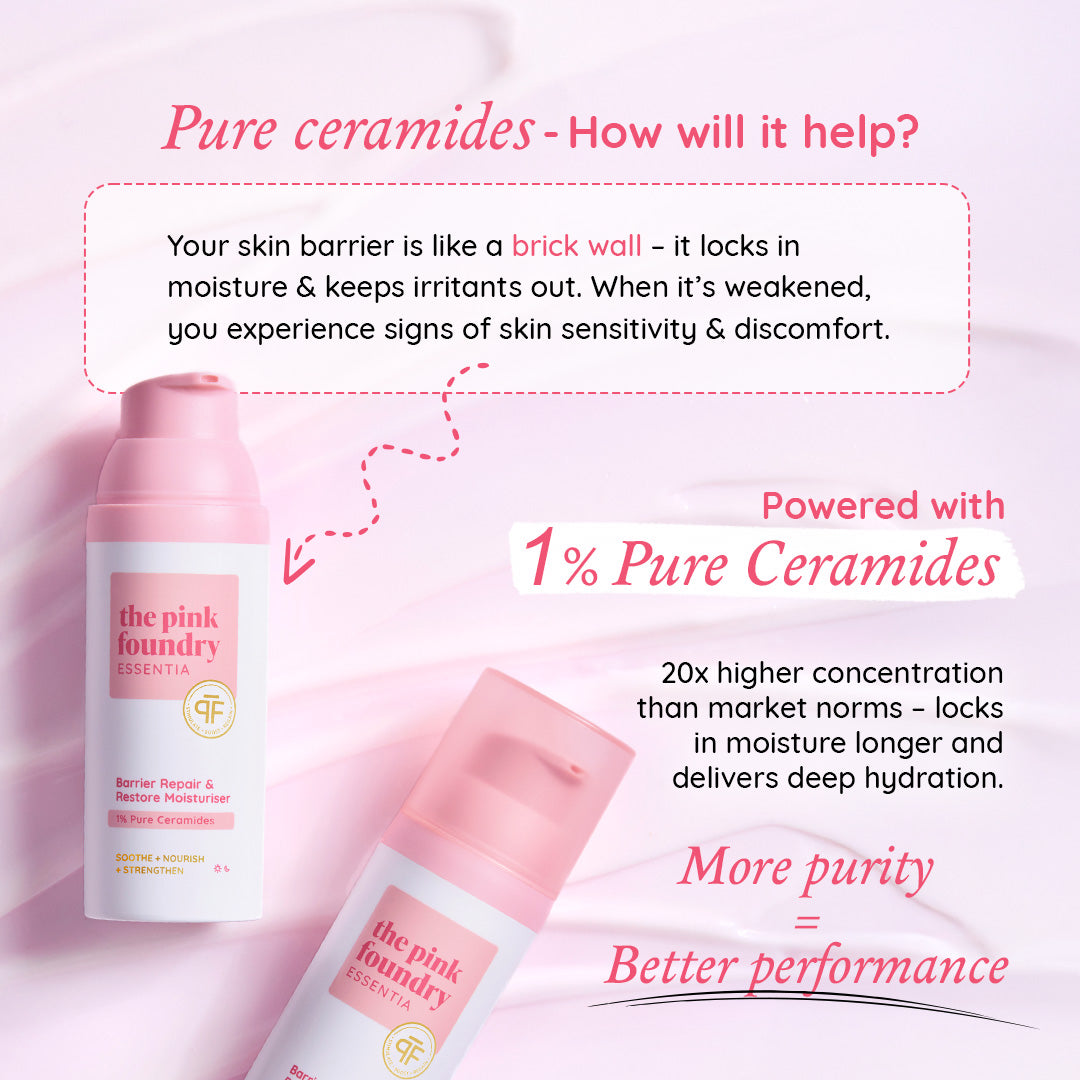




Leave a comment
This site is protected by hCaptcha and the hCaptcha Privacy Policy and Terms of Service apply.